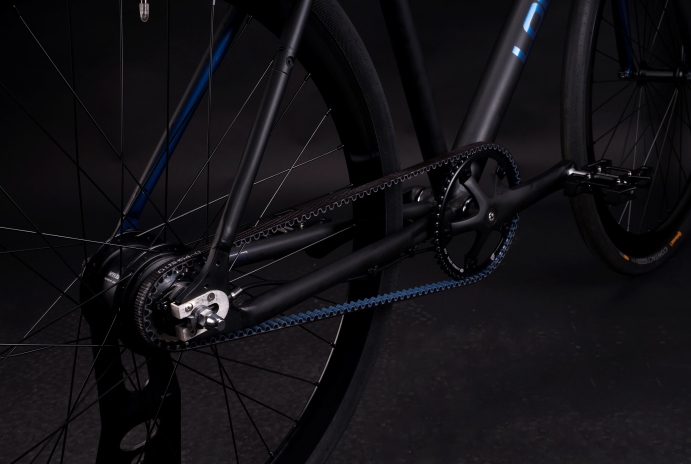- Arabic
- French
- Russian
- Spanish
- Portuguese
- Turkish
- Armenian
- English
- Albanian
- Amharic
- Azerbaijani
- Basque
- Belarusian
- Bengali
- Bosnian
- Bulgarian
- Catalan
- Cebuano
- Corsican
- Croatian
- Czech
- Danish
- Dutch
- Afrikaans
- Esperanto
- Estonian
- Finnish
- Frisian
- Galician
- Georgian
- German
- Greek
- Gujarati
- Haitian Creole
- hausa
- hawaiian
- Hebrew
- Hindi
- Miao
- Hungarian
- Icelandic
- igbo
- Indonesian
- irish
- Italian
- Japanese
- Javanese
- Kannada
- kazakh
- Khmer
- Rwandese
- Korean
- Kurdish
- Kyrgyz
- Lao
- Latin
- Latvian
- Lithuanian
- Luxembourgish
- Macedonian
- Malgashi
- Malay
- Malayalam
- Maltese
- Maori
- Marathi
- Mongolian
- Myanmar
- Nepali
- Norwegian
- Norwegian
- Occitan
- Pashto
- Persian
- Polish
- Punjabi
- Romanian
- Samoan
- Scottish Gaelic
- Serbian
- Sesotho
- Shona
- Sindhi
- Sinhala
- Slovak
- Slovenian
- Somali
- Sundanese
- Swahili
- Swedish
- Tagalog
- Tajik
- Tamil
- Tatar
- Telugu
- Thai
- Turkmen
- Ukrainian
- Urdu
- Uighur
- Uzbek
- Vietnamese
- Welsh
- Bantu
- Yiddish
- Yoruba
- Zulu
აგვ . 01, 2024 01:11 Back to list
High-Quality V-Belt Options for Toyota Hiace to Ensure Optimal Engine Performance and Durability
Understanding the Importance of V-Belts for Toyota Hiace
The Toyota Hiace is well-known for its reliability, spacious interiors, and versatility, making it a popular choice for businesses and families alike. One of the vital components of the Hiace that ensures its smooth operation is the V-belt. This simple yet critical part plays a significant role in the vehicle's performance and efficiency. In this article, we'll explore the importance of V-belts in the Toyota Hiace, highlighting their functions, maintenance tips, and the consequences of neglect.
What is a V-Belt?
A V-belt, also known as a wedge belt, is a type of synchronous belt used in various automotive applications. It gets its name from its trapezoidal cross-section, which allows it to fit snugly into pulleys. In the Toyota Hiace, the V-belt connects several engine components, including the alternator, power steering pump, water pump, and air conditioning compressor. By transferring power from the crankshaft to these accessories, the V-belt plays an essential role in the vehicle's functionality.
Functions of the V-Belt
1. Power Transmission The primary function of the V-belt is to transfer mechanical power from the engine to peripheral components. This ensures that the alternator generates electricity, the water pump circulates coolant, and the power steering system operates smoothly.
2. Timing V-belts help in maintaining the correct timing of essential components. By ensuring that the water pump and alternator operate in sync with the engine, the V-belt contributes to overall engine efficiency and performance.
3. Absorbing Vibrations The V-belt also acts as a shock absorber in the drive system. It reduces the vibrations generated by the engine, promoting a smoother ride and prolonging the lifespan of engine components.
Maintenance Tips
for toyota hiace v-belt

To ensure the longevity and effectiveness of the V-belt in your Toyota Hiace, regular maintenance is crucial
1. Visual Inspections Regularly inspect the V-belt for any signs of wear, such as cracks, fraying, or glazing. If you notice any of these issues, it may be time to replace the belt.
2. Check Tension A V-belt that is too loose or too tight can cause problems. Use a tension gauge to check that the belt is properly tensioned according to the manufacturer's specifications.
3. Listen for Noises Unusual noises, such as squeaking or chirping, can indicate a problem with the V-belt or the components it drives. Address any strange sounds promptly to prevent further damage.
4. Replacement It's generally recommended to replace the V-belt every 60,000 to 100,000 kilometers, but this can vary based on driving conditions and usage. Always refer to the owner's manual for specific recommendations related to your model.
Consequences of Neglect
Failing to properly maintain the V-belt can lead to several serious issues. A worn or damaged V-belt can break during operation, which can result in loss of power steering, overheating due to a malfunctioning water pump, and ultimately, significant engine damage. Such repairs can be costly and time-consuming, not to mention the potential for being stranded on the road.
Conclusion
In summary, the V-belt may seem like a small component of the Toyota Hiace, but its impact on the vehicle's performance is substantial. Regular maintenance and timely replacements can help ensure that your Hiace operates smoothly and efficiently for years to come. By taking care of this essential part, you can enjoy all the benefits that the Toyota Hiace has to offer, whether you are using it for business or personal travel.
-
Korean Auto Parts Timing Belt 24312-37500 For Hyundai/Kia
NewsMar.07,2025
-
7PK2300 90916-T2024 RIBBED BELT POLY V BELT PK BELT
NewsMar.07,2025
-
Chinese Auto Belt Factory 310-2M-22 For BMW/Mercedes-Benz
NewsMar.07,2025
-
Chinese Auto Belt Factory 310-2M-22 For BMW/Mercedes-Benz
NewsMar.07,2025
-
90916-02660 PK Belt 6PK1680 For Toyota
NewsMar.07,2025
-
drive belt serpentine belt
NewsMar.07,2025

